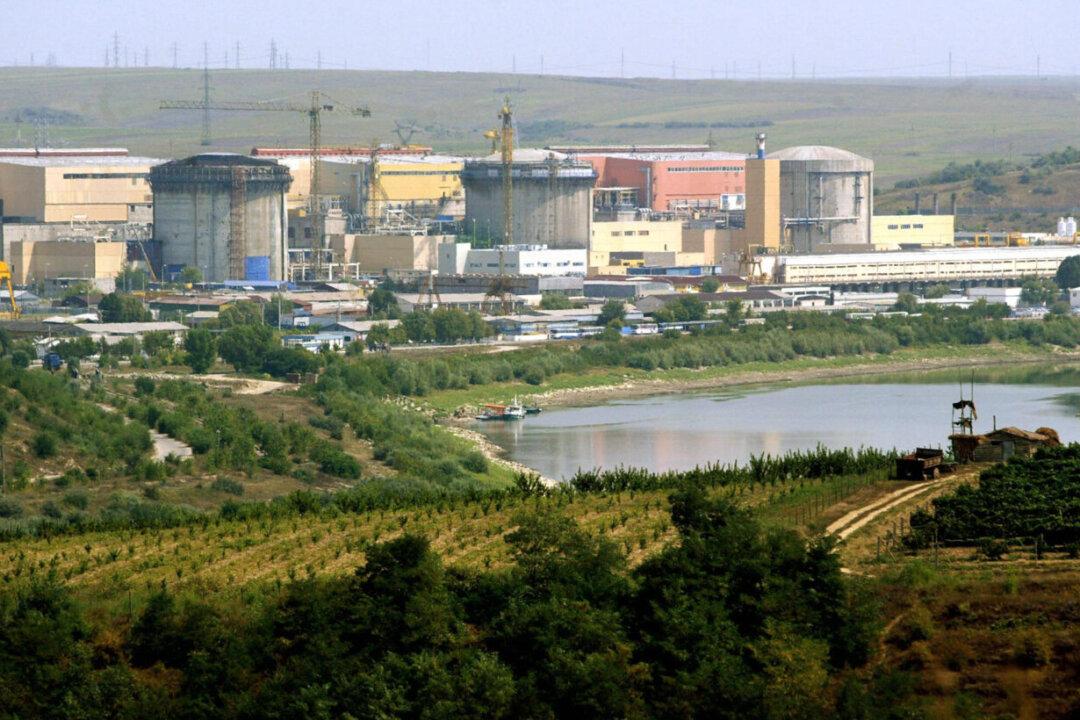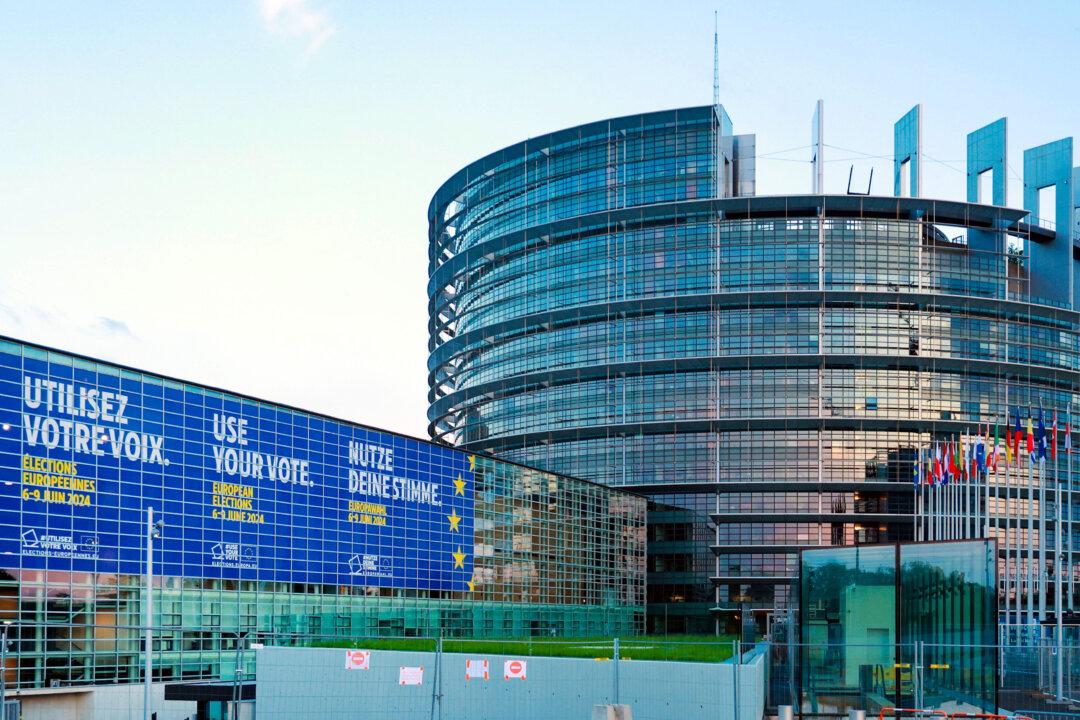Romania’s economy ministry agreed on Oct. 9 to cooperation and financing agreements with the United States for two nuclear reactors at its plant on the river Danube and refurbishment of one of its existing units, after a Romanian–Chinese partnership to add two new reactors at the plant ended earlier this year.
U.S. Secretary of Energy Dan Brouillette and Romania’s Minister of Economy and Energy Virgil Popescu initialed a draft agreement in Washington to cooperate on the expansion and modernization of Romania’s civil nuclear power program, the U.S. Department of Energy said in a statement.





